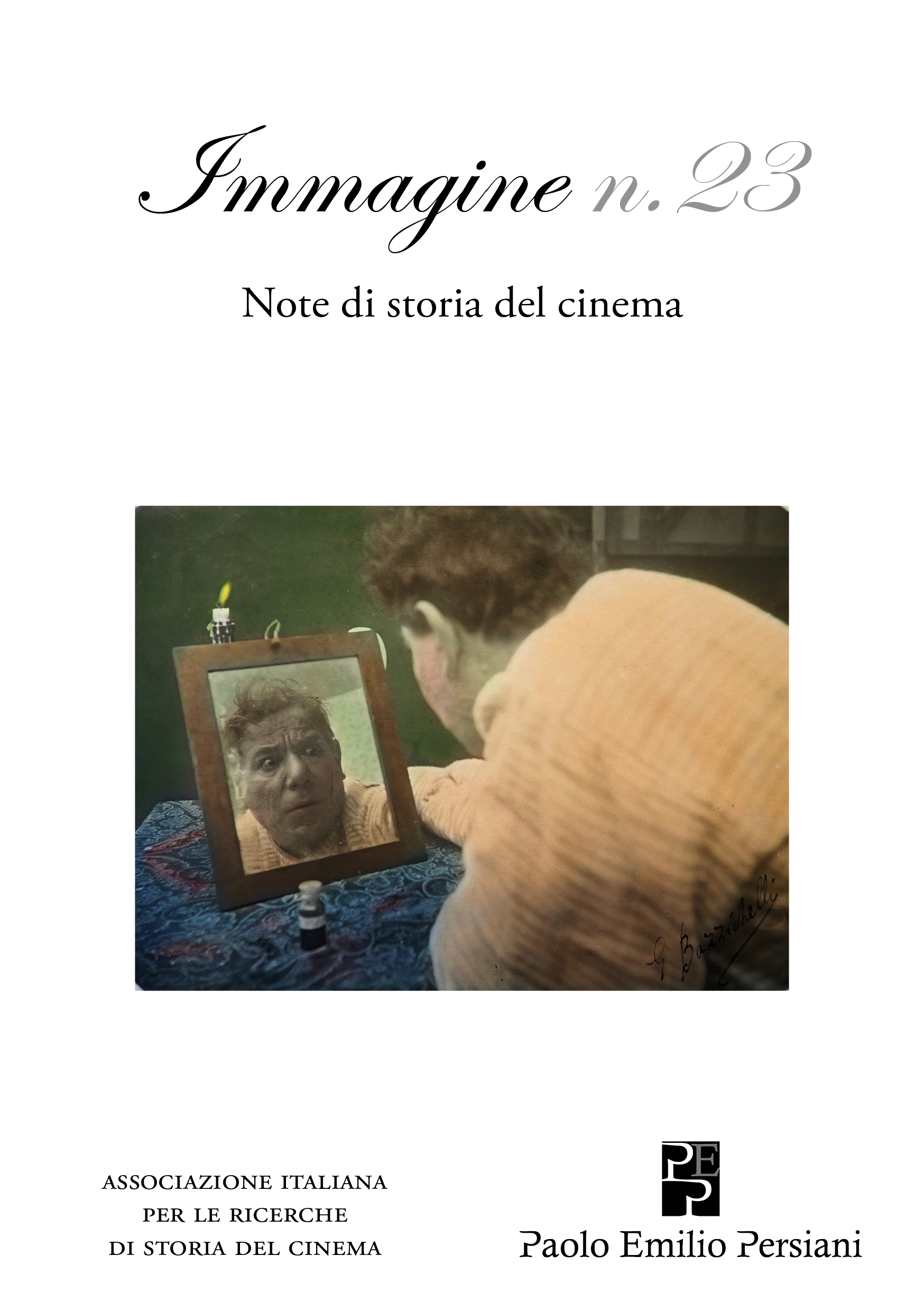Rugged Manhood on the Silver Screen: Buffalo Bill and the Performance of u.s. Colonial Masculinity in Silent Westerns
Parole chiave:
Rugged Manhood, Silver Screen, Buffalo Bill, Colonial Masculinity, Silent WesternsAbstract
ITA
Questo articolo esamina le performance cinematografiche del personaggio di Buffalo Bill nei film muti, mettendole in conversazione con gli approcci provenienti dagli studi di Settler Colonialism e Masculinities. L’articolo sostiene che i lungometraggi di Buffalo Bill, The Life of Buffalo Bill (1912) e The Indian Wars (1913), insieme al materiale proveniente dal suo spettacolo itinerante, promossero pioneristicamente un’ideale di virilità americana incentrata sull’epopea del West: dominante, paternalista ed esclusivamente “bianca”. Questa “mascolinitá coloniale americana” è stata canonizzata in produzioni successive ed ha plasmato in modo duraturo le interpretazioni delle star dei Western, ben oltre l’epoca del muto.
ENG
This article examines the cinematic performances of the character of Buffalo Bill in Silent Era productions and relates them to theories of Settler Colonialism and Masculinities. The paper argues that Buffalo Bill’s own feature films, The Life of Buffalo Bill (1912) and The Indian Wars (1913), along with material coming from his live show Buffalo Bill’s Wild West, pioneered a visual idea of American manliness centred around the epic of the West: dominant, paternalistic, and exclusively ‘White’. This “Colonial American Manhood” was canonized in later productions and shaped the performances of Western stars in a lasting and far-reaching way, well beyond the Silent Era.


